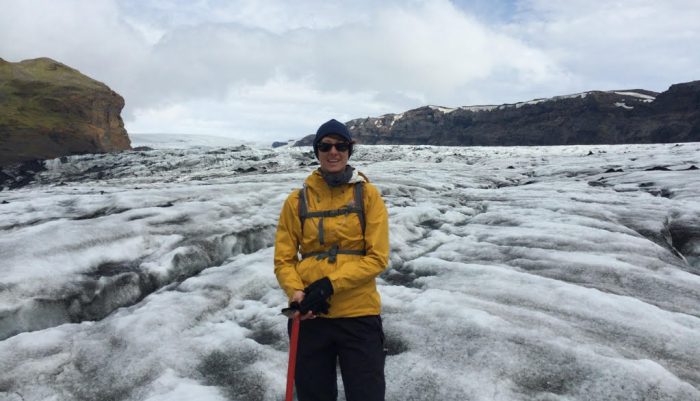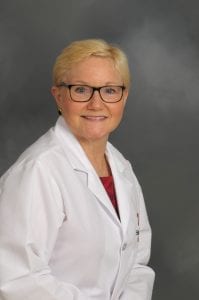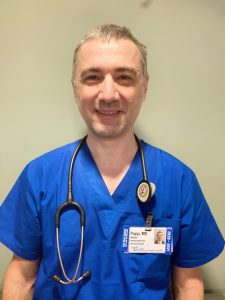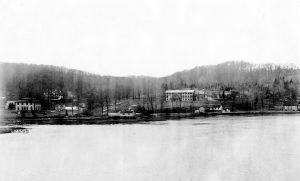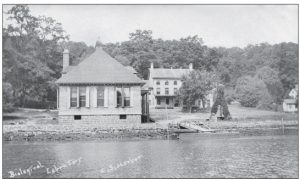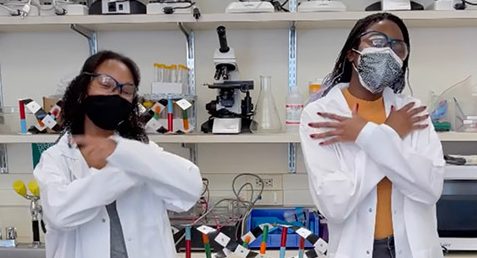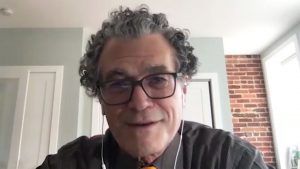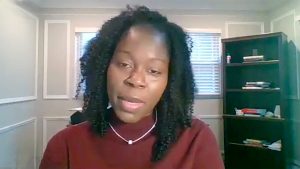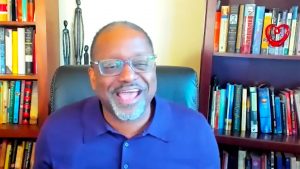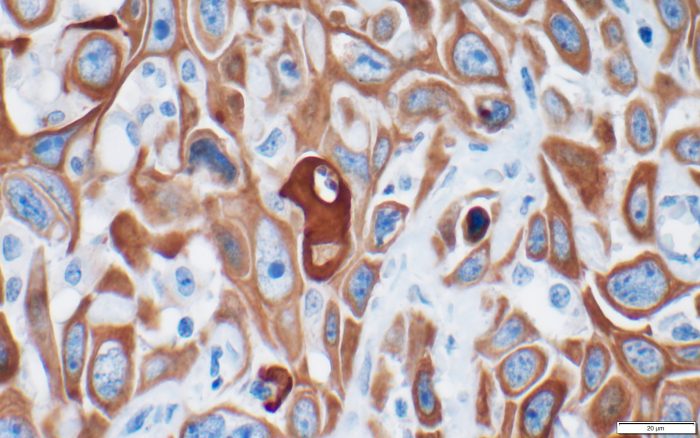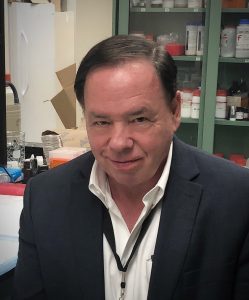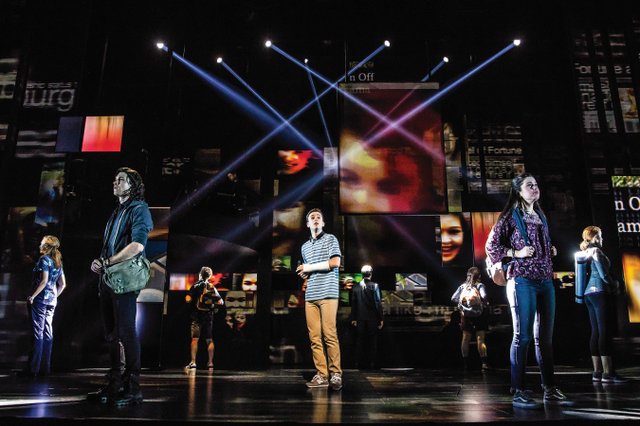By Daniel Dunaief
Rocks may not speak, move or eat, but they can and do tell stories.
Recognizing the value and importance of the ancient narrative rocks on Earth and on other planets provide, NASA sent vehicles to Mars, including the rover Perseverance, which landed on February 18 of this year.
Perseverance brought seven instruments, most of them identified by the acronym-loving teams at NASA, that carry out various investigations, such as searching for clues about a water-rich environment that may have sustained life about 3.5 billion years ago.
Several instrument teams developed and monitor these pieces of equipment, including Joel Hurowitz, Associate Professor in the Department of Geosciences at Stony Brook University and Deputy Principal Investigator on the Planetary Instrument for X-ray Lithochemistry, or PiXL.
In addition to the instrument leads, NASA chose participating scientists who can contribute to several teams, providing scientific support for a host of questions that might arise as the rover explores the terrain of the Red Planet 128 million miles from Earth.
Rebecca Smith, a post-doctoral researcher at Stony Brook in Geosciences Professor Scott McLennan’s lab, is one such participating scientist.
“I get to move around between all these different groups, which is fun,” said Smith, whose appointment will last for three years. While the Mars2020 program takes up about 20 percent of Smith’s time, the remainder is focused on the Mars Science Laboratory mission. Smith is likely to spend almost all of her time on Mars2020 starting this September.
Smith has helped make the science plans for the rover. The scientist and other researchers help select targets for the instruments that will help answer specific science questions. For this work, they collaborate with different science teams. Smith plans to get more involved with specific instrument teams soon, including SuperCam, PiXL and Sherloc.
For Smith’s own research, the scientist has a suite of rock samples that include lacustrine carbonates and hydrothermally altered volcanic rocks. The volcanic rocks formed under conditions that might be analogous to those once present in Jezero crater, where the rover landed and is currently maneuvering. The crater is just north of the Martian equator and has a delta that once long ago contained water and, potentially, life.
On Earth, Smith is using versions of the SuperCam, PiXL, and Sherloc to understand how these rocks would look to different instruments and determine what baseline measurements they need to tell the different types of rocks apart using the instruments aboard the rover.
Smith has studied rocks on Earth located in Hawaii, Iceland and the glaciers in the Three Sisters Volcanic Complex in Oregon.
Many planetary geologists use Earth as an analog to understand geologic processes on other planets. It is still uncertain if the climate of early Mars was warn and wet or cold and icy and wet, Smith explained in an email, adding, “It is possible the minerals we see with the rovers and from orbit can help us answer this question.”
Most of the work the scientist been involved with is trying to understand how Mars-like volcanic rocks chemically weather under different climates.
Through previous research on Mars, scientists discovered that large regions had poorly crystalline materials. The poorly crystalline nature of the materials makes them difficult to identify using rover-based or orbiter-based instruments.
“The fact that they could have formed in the presence of water makes them important to understand,” Smith explained.
Part of the work Smith is doing is to understand if poorly crystalline material formed by water have specific properties that relate to the environment or climate in which they formed.
Smith said the bigger picture question of the work the teams are doing is, “was there life on Mars? If not, why not? We think that Mars, for the first billion years or so, was pretty similar to Earth around the same time and Earth developed life.”
Indeed, Earth had liquid water on its surface, which provided a habitat for microbial life about 3.5 billion years ago.
The ancient rock record on Mars provides a better-preserved history because the Red Planet doesn’t have plate tectonics.
“Based on what we know about Earth, if life ever developed on early Mars, it would likely have been microbial,” Smith wrote.
Other goals of Mars2020 include characterizing the climate and the geology. Both goals focus on looking for evidence of ancient habitable environments and characterizing those to understand a host of details, such as the pH of the water, the temperature and details about how long the water was on the surface.
Part of the reason NASA put out a call for participating scientists is to “bridge instrument data” from different pieces of equipment, Smith explained.
“I love the collaborative nature of working on a team like this,” Smith offered. “Everybody is interested in getting the most important information and doing the best job that we can.”
Smith enjoys the opportunity to study potentially conflicting signals in rocks to determine what they indicate about the past.“Geology is just so complex. It’s a big puzzle. Forces have been acting over a very long period of time and forces change over time. We are trying to tease apart what happened and when.”
While Smith works at Stony Brook, the post-doctoral scientist returned to California during the pandemic to live closer to her family. After finishing the current research program, Smith plans to remain open to various options, including teaching.
Smith appreciates the opportunity to work on the Mars 2020 mission, adding, “I’m really grateful for that during this past year in particular.”

